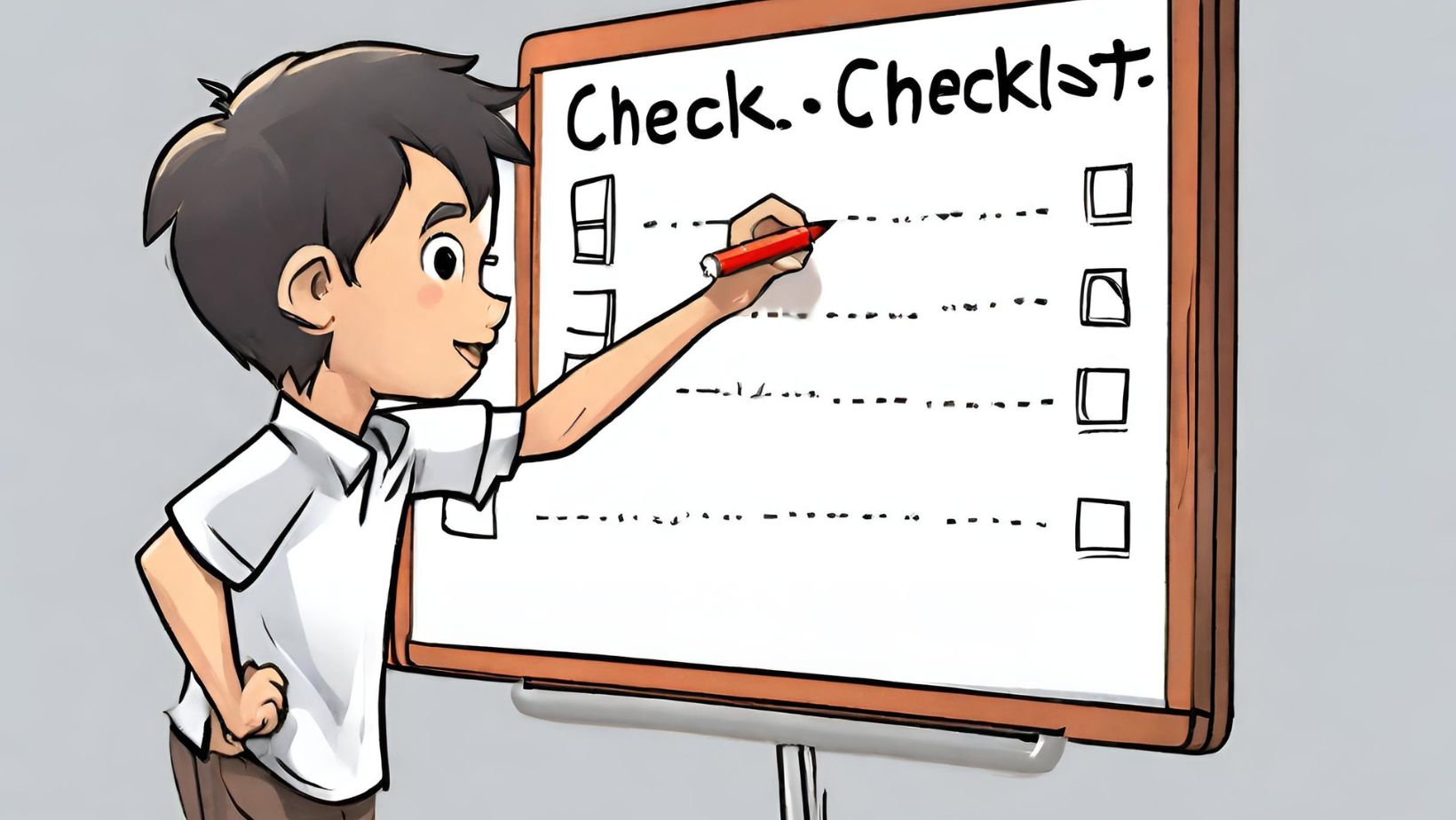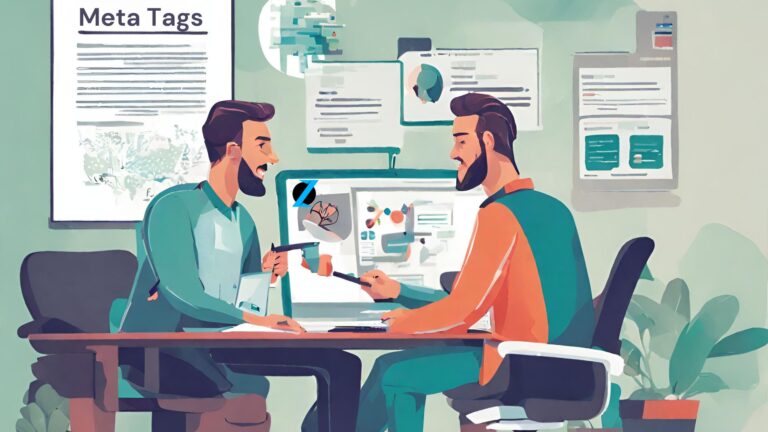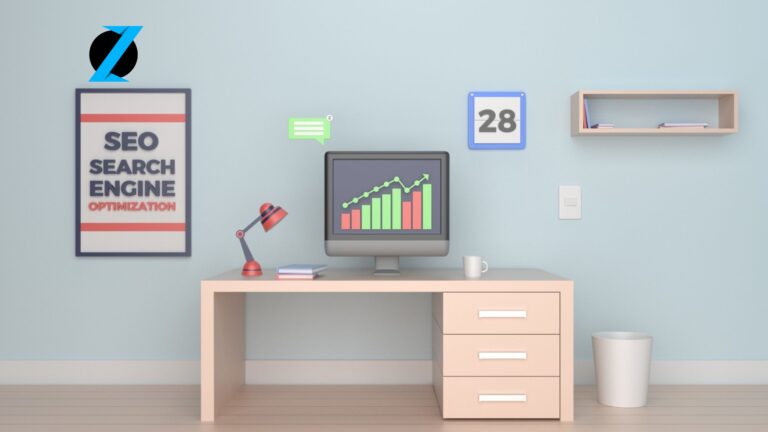The Complete On-Page SEO Checklist for 2024
Contents
- 1 Question & Answer Time
- 1.1 Question 1: What is the purpose of a meta description, and what elements should it include?
- 1.2 Question 2: Why is it important to have a clean and descriptive URL structure for On-Page SEO?
- 1.3 Question 3: How should header tags (H1, H2, H3, etc.) be used to optimize content?
- 1.4 Question 4: Explain the significance of internal linking in On-Page SEO.
- 1.5 Question 5: Why is mobile optimization crucial for On-Page SEO, and what are some key considerations?
- 1.6 Question 6: What is the purpose of alt text for images in On-Page SEO, and how should it be optimized?
- 2 Question 7: How does page loading speed impact On-Page SEO, and what are some techniques to improve it?
- 3 Question 8: Explain the concept of keyword stuffing and why it should be avoided in On-Page SEO.
- 4 Question 9: What role do external links play in On-Page SEO, and how should they be used effectively?
On-page SEO is crucial for ranking higher and driving more organic traffic to your site. With this complete on-page SEO checklist, you’ll learn everything you need to optimize individual web pages and content for higher rankings and better user experience.
Why On-Page SEO Matters
On-page SEO impacts how search engines crawl, index, and understand your pages. By optimizing page content and HTML elements, you can:
- Improve keyword rankings
- Increase click-through-rates (CTRs)
- Enhance user experience
Optimizing on-page SEO is the foundation for an effective overall SEO strategy.
The On-Page SEO Checklist
Follow this comprehensive checklist to optimize all elements of on-page SEO:
Keyword Optimization
- Research target keywords using SEMrush, Ahrefs, or Google Keyword Planner
- Include primary keyword in page URL
- Use keyword in H1 and throughout content
- Include latent semantic indexing (LSI) keywords
Page Title & Meta Description
- Unique, compelling title less than 60 characters
- Primary keyword early in title
- Meta description 160-320 characters
- Meta description contains primary keyword
- Unique meta description for every page
Content Optimization
- Useful, informative content, Should complete the intent
- Related images & graphics
- Related internal links
- Easy-to-scan headers & bullet points
- Alt text for images with target keyword
HTML Elements
- Short, descriptive page URL
- Keyword in H1 header tag
- Only 1 H1 tag in one HTML page
- Properly structured header hierarchy
- Use target keyword in image file names
- Optimize page speed
Media Optimization
- Post videos to YouTube with target keyword
- Transcribe video content
- Optimize video file names
- Feature videos on landing pages
On-Page SEO Hacks
Here are some additional on-page SEO tips and tricks:
- Use schema markup for richer snippets
- Include outbound links to authority domains
- Make call-to-action copy keyword-focused
- Update and refresh old content
- Prominently feature most important information
Question & Answer Time
Question 1: What is the purpose of a meta description, and what elements should it include?
Answer: A meta description serves the purpose of providing a brief summary or description of the content on a web page. It does not directly impact search engine rankings but plays a crucial role in enticing users to click through from the search results. A well-crafted meta description should be concise, engaging, and include the primary keyword. It acts as a snippet that informs users about the content they can expect on the page, encouraging them to click and visit the website.
Question 2: Why is it important to have a clean and descriptive URL structure for On-Page SEO?
Answer: Having a clean and descriptive URL structure is important for On-Page SEO because it helps both search engines and users understand the content of the page. Search engine bots use the URL to gain insights into the topic of the page, and a well-structured URL with relevant keywords provides clarity. Additionally, a user-friendly and descriptive URL can improve click-through rates and make it easier for visitors to comprehend the content of the page based on the URL alone.
Answer: Header tags, such as H1, H2, H3, etc., should be used to organize and structure content for both users and search engines. The H1 tag represents the main heading of the page and is typically the most important heading. H2 tags are used for subheadings, providing a hierarchical structure to the content. H3 tags, in turn, can be used for subheadings under H2, creating a clear and organized outline.
Question 4: Explain the significance of internal linking in On-Page SEO.
Answer: Internal linking in On-Page SEO is significant because it allows users to navigate to related content within the same website easily. When you strategically link relevant pages within your site, it not only improves user experience by providing additional valuable information but also helps search engines understand the relationships between different pages. Internal linking distributes authority and relevance throughout the site, contributing to a more coherent and organized structure. This can positively impact SEO by indicating to search engines the importance of specific pages and improving the overall crawlability of your site.
Question 5: Why is mobile optimization crucial for On-Page SEO, and what are some key considerations?
Answer: Mobile optimization is crucial for On-Page SEO because a growing number of users access websites from mobile devices. Search engines, like Google, prioritize mobile-friendly websites in their rankings, making mobile optimization essential for maintaining and improving search visibility. Key considerations include ensuring responsive design, where the website adapts seamlessly to various screen sizes, optimizing page loading speed for mobile users, and providing a user-friendly mobile experience with easy navigation and touch-friendly elements.
Question 6: What is the purpose of alt text for images in On-Page SEO, and how should it be optimized?
Answer: Alt text, short for alternative text, serves a dual purpose in On-Page SEO. Firstly, it provides a textual description of an image in case the image cannot be loaded, ensuring accessibility for users with visual impairments. Secondly, alt text is crucial for search engine optimization as it provides search engines with information about the content and context of the image. When optimizing alt text, it’s important to be descriptive and include relevant keywords related to the image, helping search engines understand and index the content accurately.
Question 7: How does page loading speed impact On-Page SEO, and what are some techniques to improve it?
Answer: Page loading speed significantly impacts On-Page SEO because it directly influences user experience. Slow-loading pages can lead to higher bounce rates as users are more likely to leave a site that takes too long to load. Additionally, search engines, such as Google, consider page speed as a ranking factor, favoring faster-loading websites.
To improve page loading speed, consider techniques such as optimizing images, using browser caching, minimizing CSS and JavaScript files, utilizing content delivery networks (CDNs), and ensuring efficient server performance. These strategies contribute to a faster and more seamless user experience, positively impacting both user satisfaction and search engine rankings.
Question 8: Explain the concept of keyword stuffing and why it should be avoided in On-Page SEO.
Answer: Keyword stuffing refers to the practice of excessively and unnaturally using the same keyword or phrases in a webpage’s content with the intention of manipulating search engine rankings. This technique aims to deceive search engines into believing that the page is highly relevant to the keyword, potentially leading to higher rankings. However, keyword stuffing is considered a black hat SEO tactic and is strongly discouraged.
Search engines, like Google, have become more sophisticated in recognizing such manipulative practices. Keyword stuffing can result in penalties, negatively impacting the website’s ranking and credibility. In On-Page SEO, it’s essential to focus on creating high-quality, natural content that provides value to users rather than attempting to manipulate search engine algorithms through excessive keyword usage.
Question 9: What role do external links play in On-Page SEO, and how should they be used effectively?
Answer: External links play a crucial role in On-Page SEO by contributing to the authority and credibility of a webpage. When a page links to relevant and authoritative external sources, it signals to search engines that the content is well-researched and connected to reputable information. This, in turn, can positively influence the page’s own authority and search engine rankings.
To use external links effectively, ensure that the links are contextually relevant to the content, come from trustworthy sources, and add value to the user experience. Avoid excessive linking and prioritize quality over quantity. By incorporating relevant and authoritative external links, you enhance the depth of your content and provide users with additional resources, contributing to a more comprehensive and credible webpage.
Focus on optimizing these on-page SEO factors and you’ll be well on your way to higher rankings and more organic traffic. Monitor your progress with monthly SEO audits. Let me know if you have any other questions!

Hey SEOs, I’m Maharshi – your friendly neighborhood search expert. I’ve been in the SEO game for 5+ years and want to share my knowledge with you.
On this blog, we’ll explore practical tips to boost your search rankings. No confusing lingo, just straightforward advice to master search engines. Think of me as your SEO guide. I’ll walk you through optimizing website code, creating engaging content, understanding Google’s algorithms, and more.
We’ll cover everything from keywords to site speed using the latest, most effective strategies. My goal is to demystify SEO so you can start searching smarter.
Sound good? Buckle up and let’s get started! I promise an educational (and maybe even fun) ride into the world of search engine optimization. No shady tricks, just proven techniques to grow your online presence.
Let’s do this!





![How to make career in SEO Field? [Full Guide]](https://guide.zuptek.com/wp-content/uploads/2023/12/How-to-make-career-in-SEO-Field-Full-Guide-1-768x432.jpg)